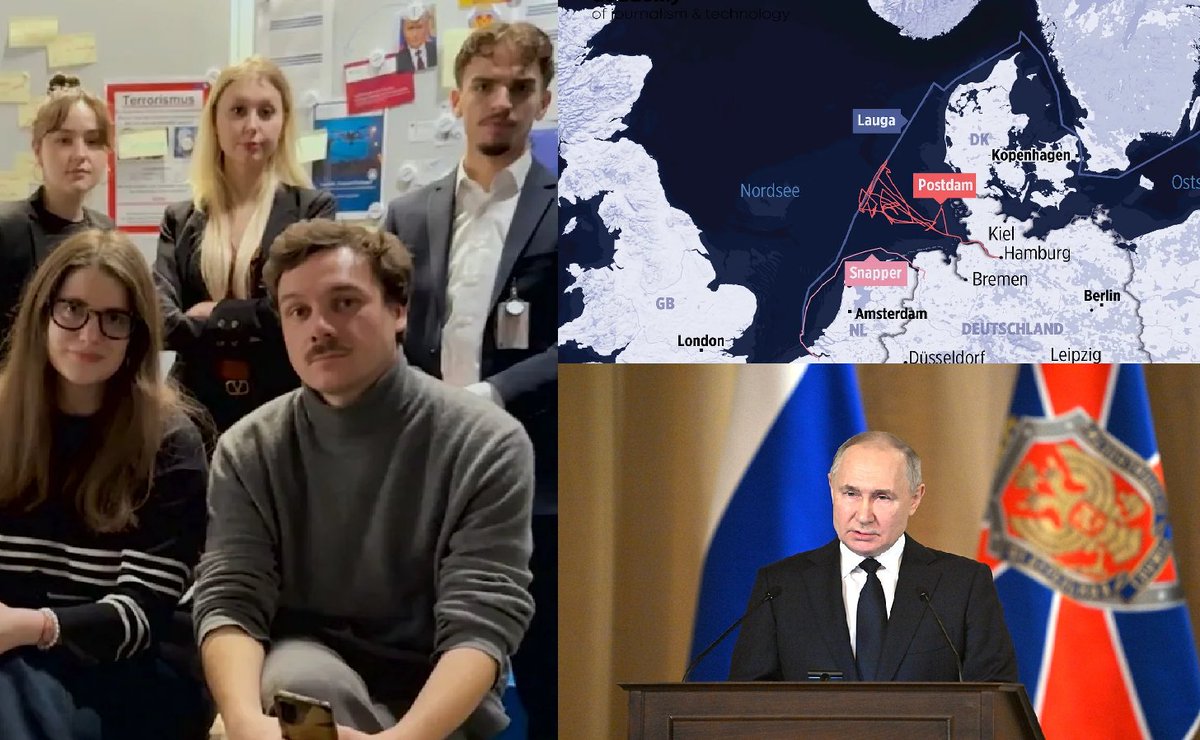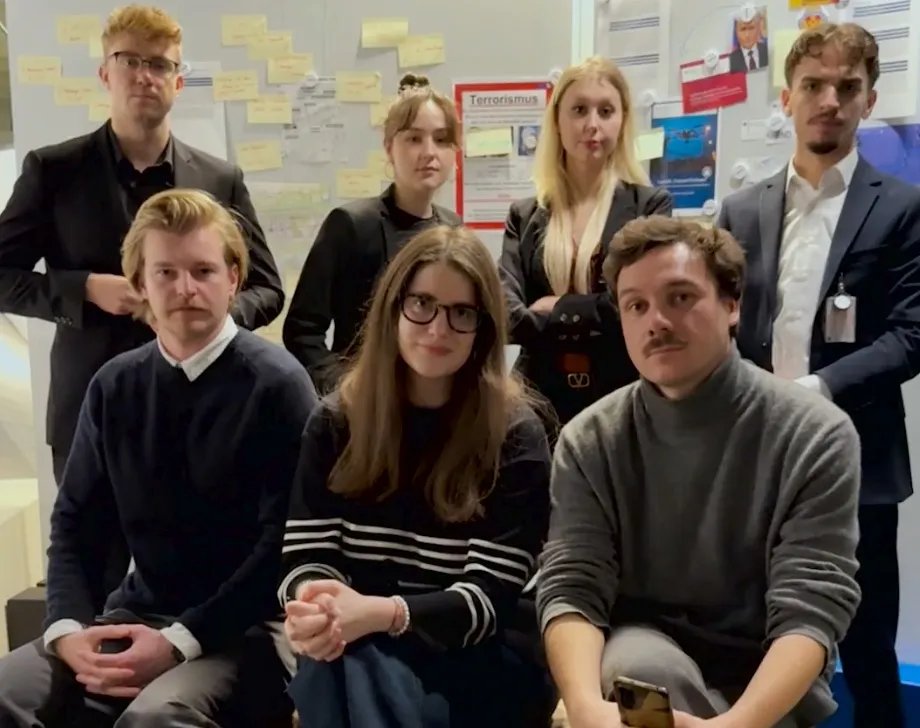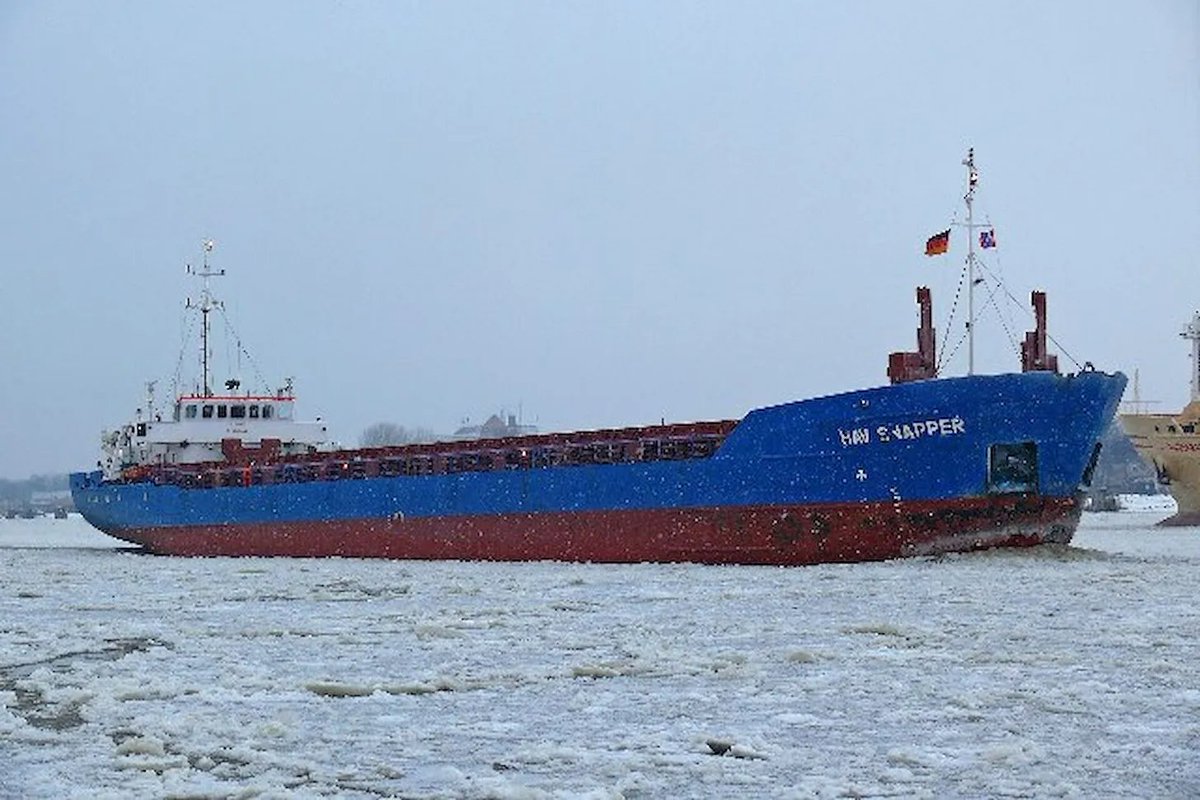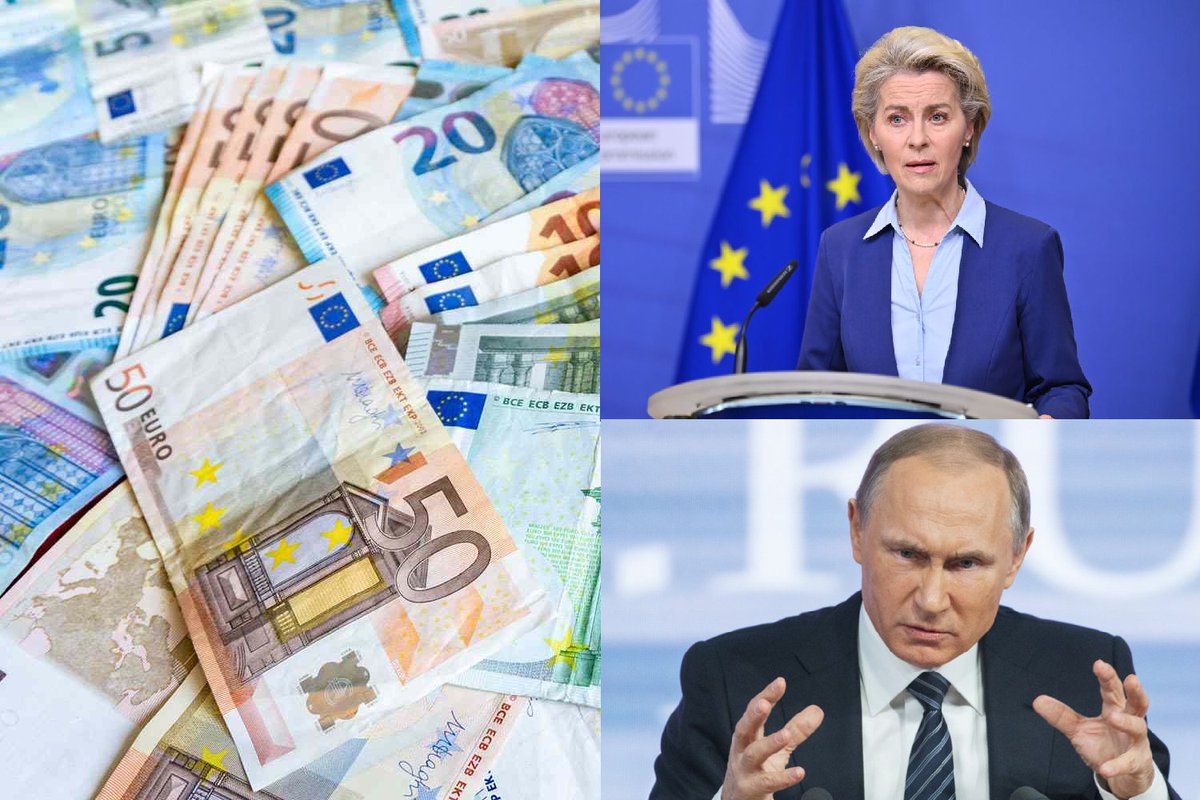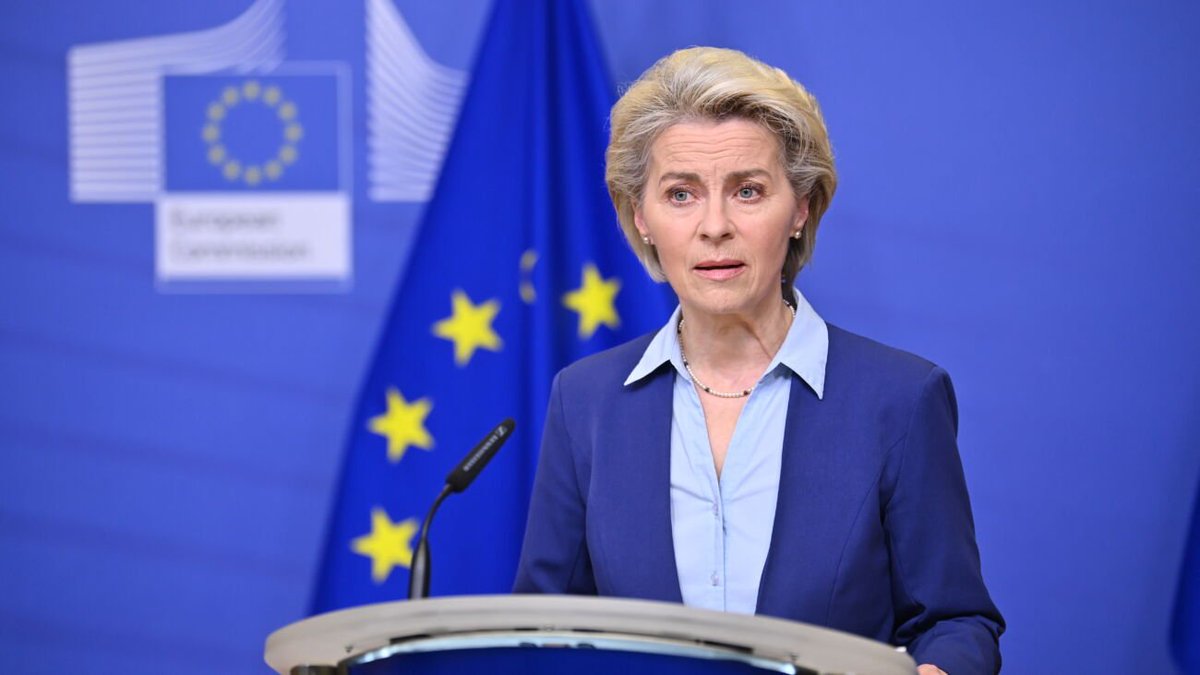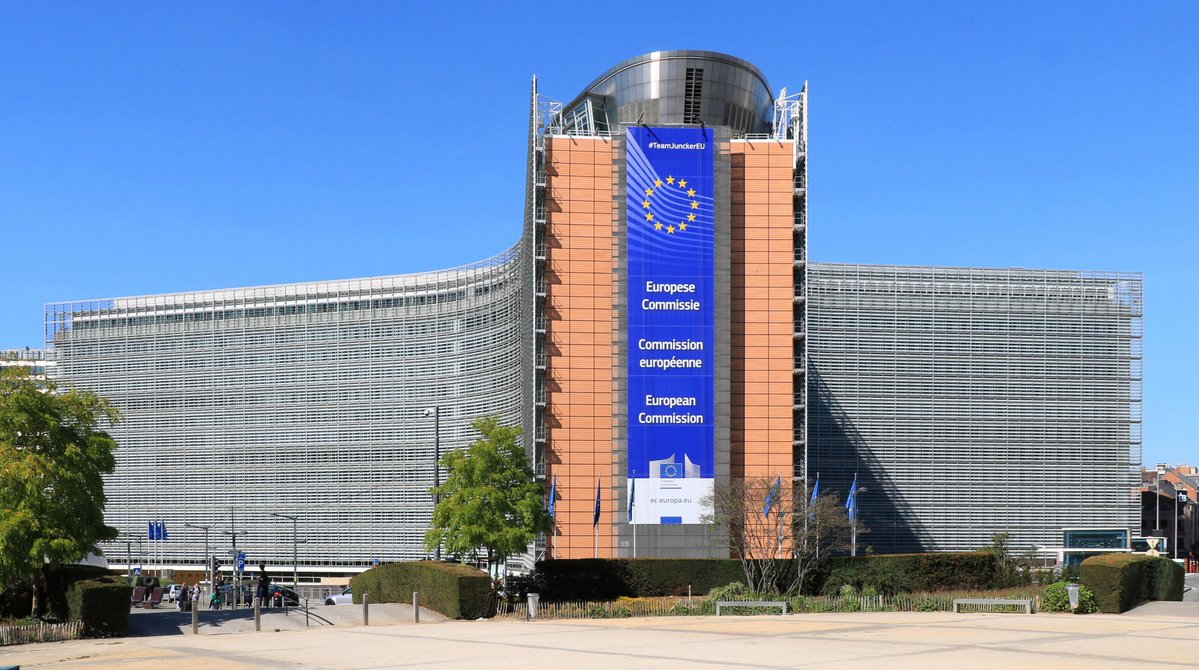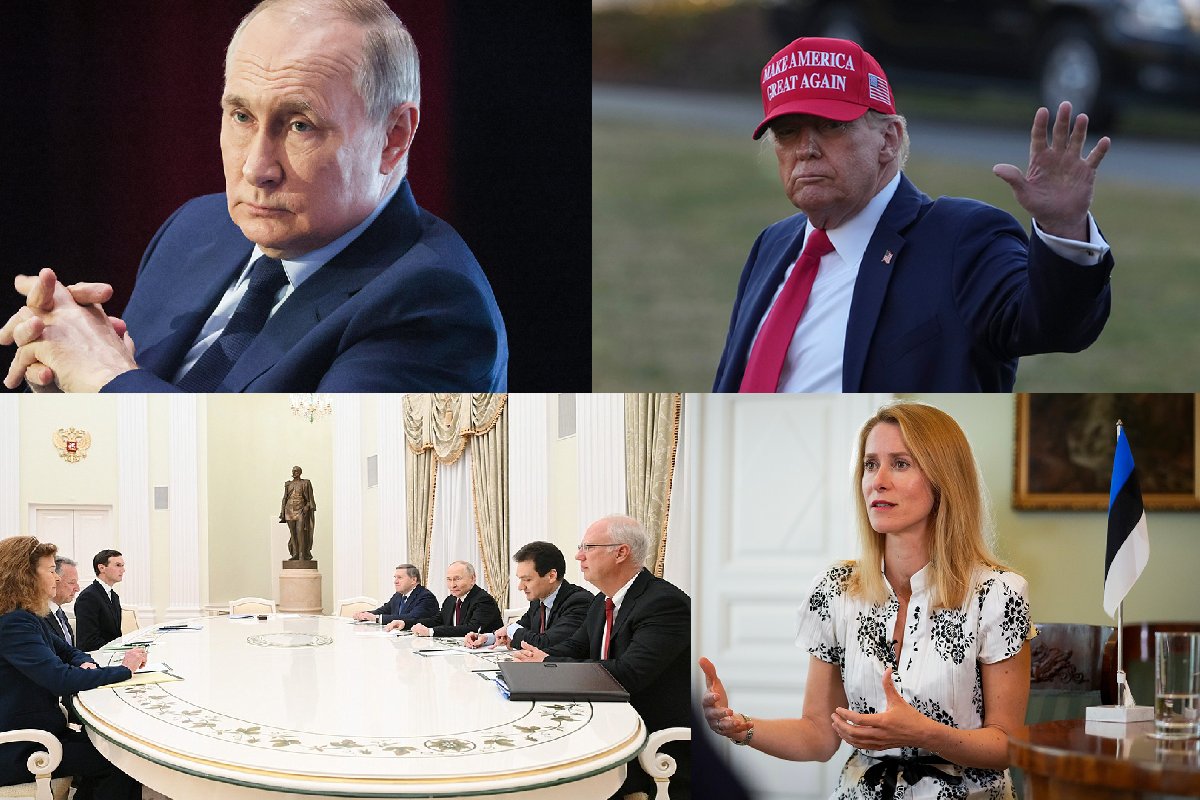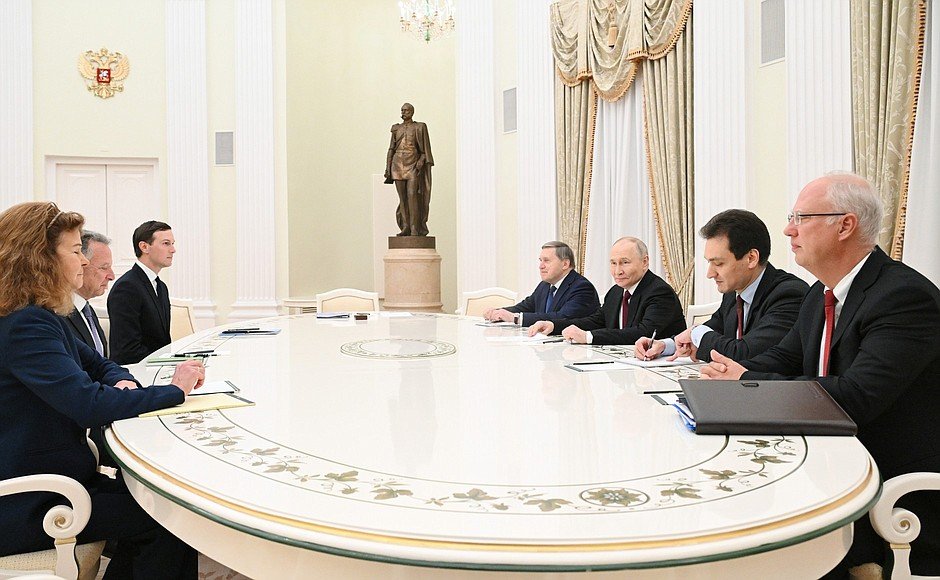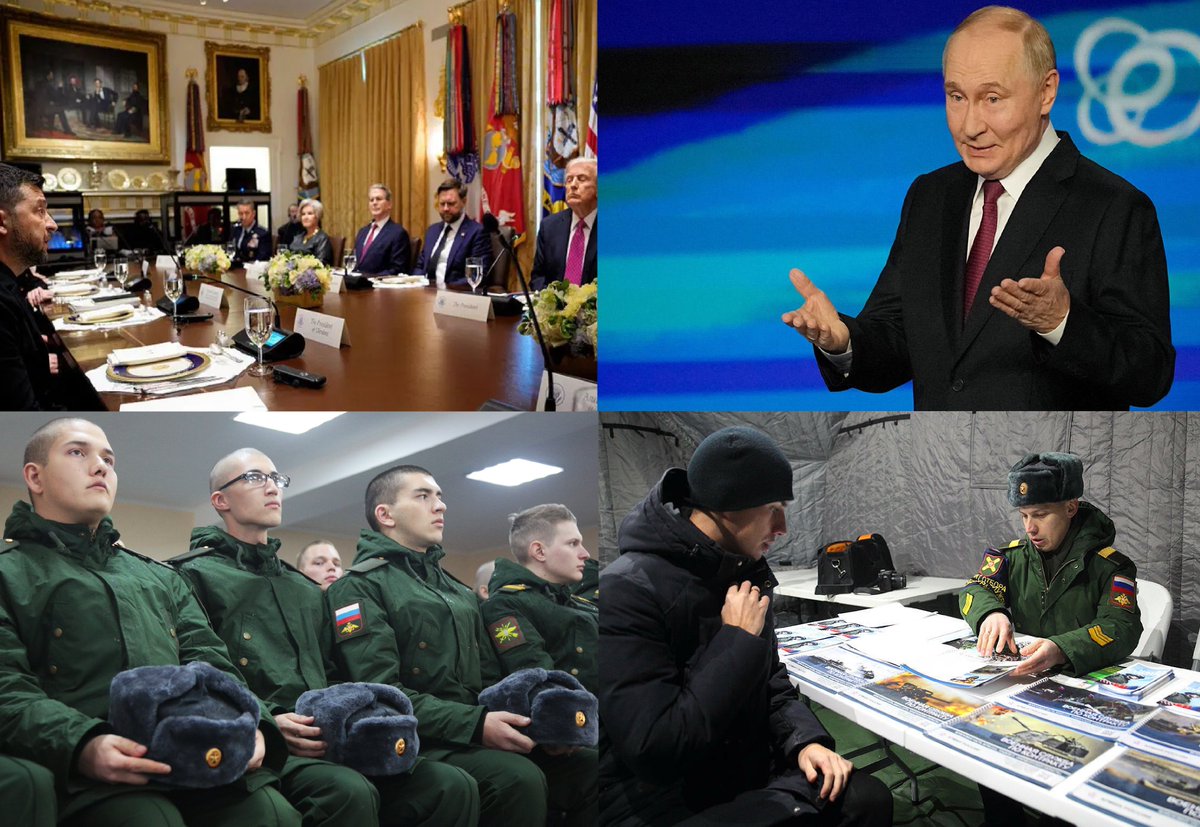Anyone claiming that Russia will now deliver a powerful retaliatory strike is likely on the Kremlin's payroll. It's been three days since Ukraine's brilliant operation, and Russia's only response has been a long-range rocket attack on Sumy. I mentioned this in my previous
1/20
1/20

article, but I’ll repeat it—Russia has nothing left with which to respond. It has already thrown everything it has into the war against Ukraine. According to different sources, destroyed Russian bombers had been preparing for a new massive missile strike on civilian
2/20
2/20

cities, which was supposed to be the largest of the war. Ukraine is not escalating—it is defending itself. And there's nowhere left to escalate to. Russia has no hidden secret power, as its propaganda constantly claims. Nuclear weapons? Those too are mostly a product of
3/20
3/20

Russian propaganda. Russia is not the USSR. Even the USSR’s might was largely on paper, and Russia doesn’t even represent a fraction of the military machine that existed in the 1950s–1970s. In fact, Russia is fighting this war using leftovers from that era—aside from Iranian
4/20
4/20
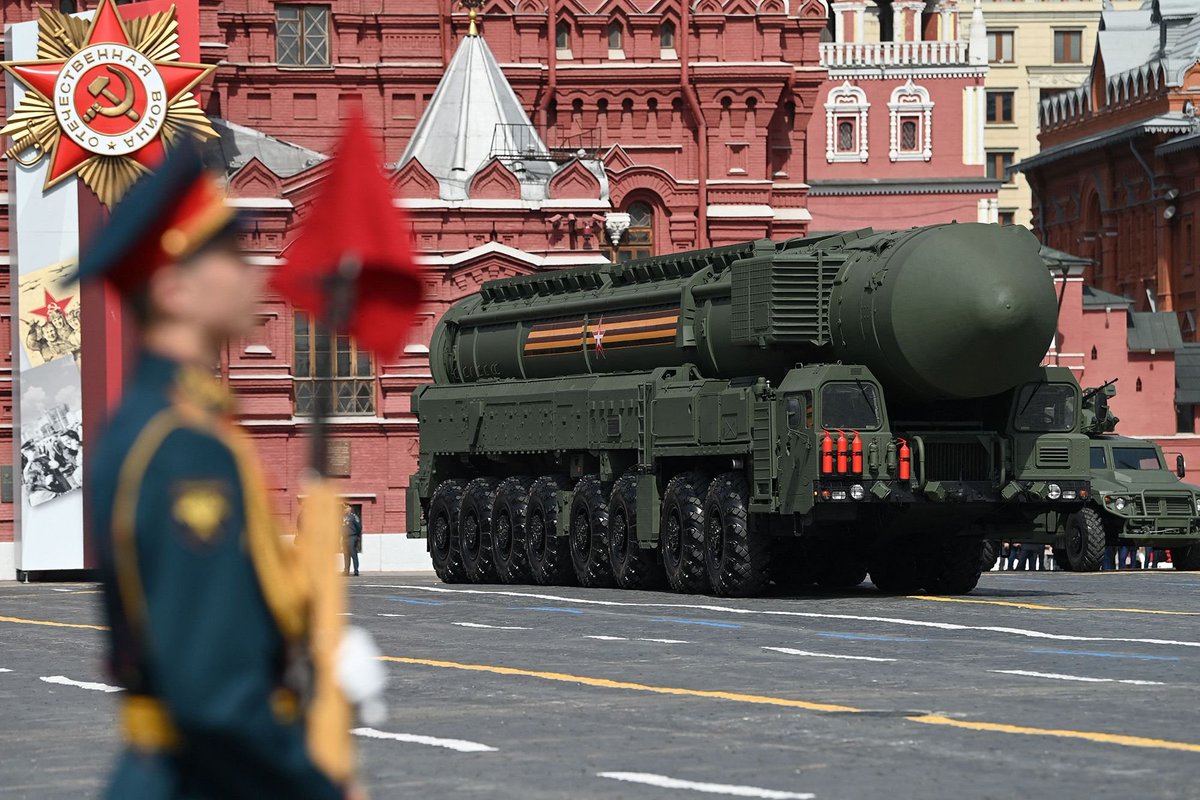
drones and North Korean shells. And those drones are used mainly to strike civilian targets, which bring no strategic advantage. By the way, tires on aircraft as “drone protection” are also a legacy of the Soviet era. The world laughs at this—and for good reason. In the
5/20
5/20
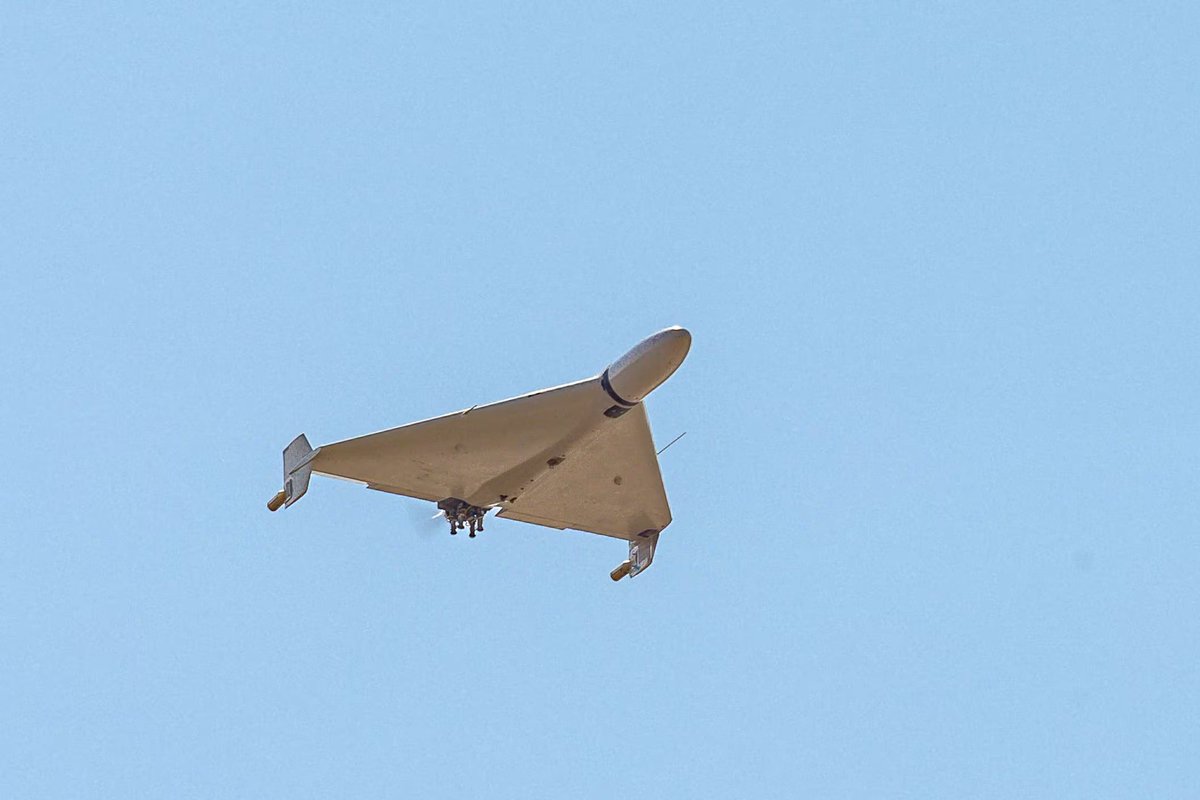
Russian army, just like in the Soviet one, it is unacceptable for a soldier to be idle even for a minute. Commanders always find them pointless tasks, believing that it boosts discipline and exhausts the soldiers so they don’t have the energy for harmful actions or protests.
6/20
6/20

In Russia, it’s common to see soldiers painting grass green, draining puddles with shovels, and so on. Tires on airplanes are a perfect way to keep conscript soldiers busy on base. The tires need to be gathered, stored, then mounted on the wings—hours of work. And then the
7/20
7/20
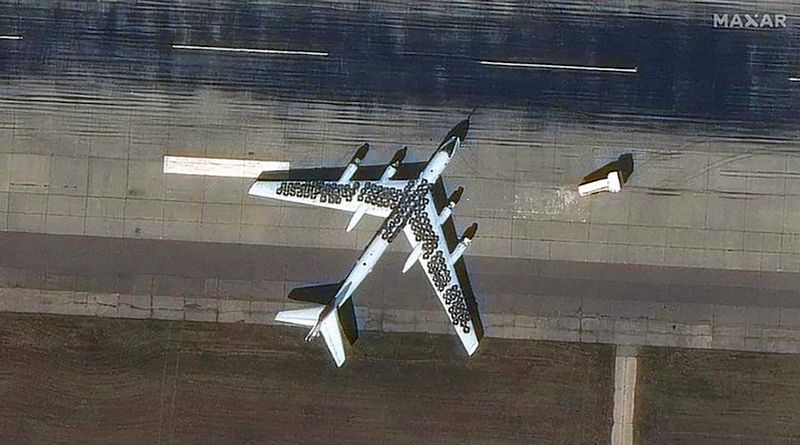
officers can proudly report that counter-drone measures are in place. Russia’s nuclear forces are in the same state as the rest of its army—which is now fighting on donkeys. The most recent test launch of the Sarmat missile at the Plesetsk Cosmodrome ended in an explosion
8/20
8/20
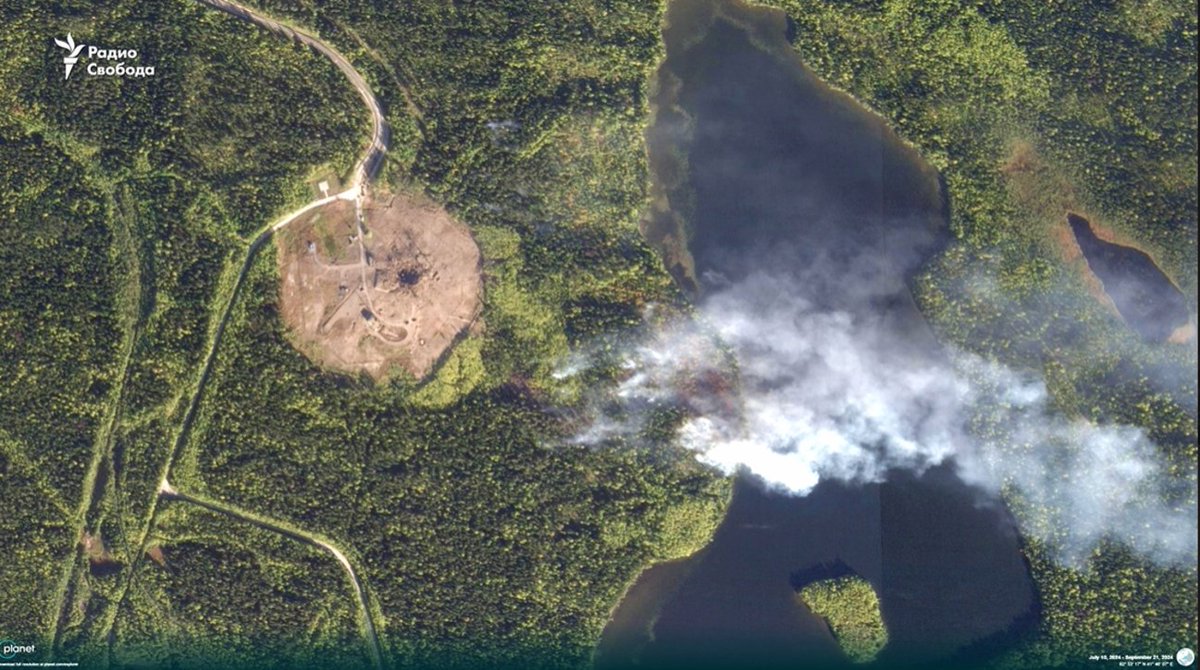
of the launch silo. It's worth noting that previously, Russia’s ballistic missile production was based… in Ukraine, at the Yuzhnoye Design Bureau. Since the war began, Russia has completely lost access to many critical technologies, and its much-touted "import substitution"
9/20
9/20

has failed. The state of the Russian submarine fleet also leaves much to be desired. Each missile launch comes with the risk of sinking the submarine. Just remember how the torpedo launch ended on the infamous Kursk sub. Little has changed since then—and things have
10/20
10/20
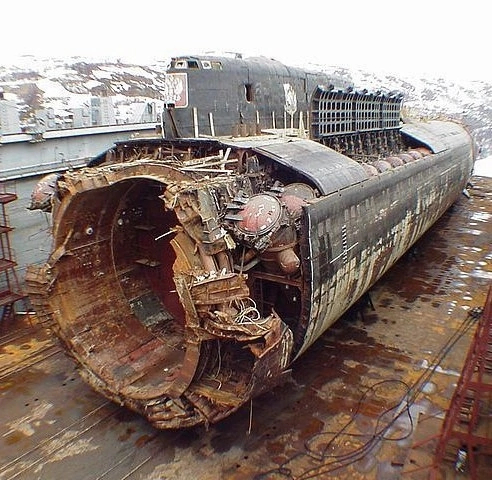
arguably gotten worse. So we can stay calm and continue watching Ukraine dismantle a "superpower" with drones. And not just in terms of destroyed targets—the latest being the Crimean Bridge. That too was a complex and well-executed SBU operation. Ukrainian strikes are
11/20
11/20

sowing chaos inside Russia itself, and at the same time showing the world that Russia should not be feared, and that its most painful pressure points must be targeted. After the strike on airfields in Irkutsk Oblast, freight transport was paralyzed. Now every truck in the
12/20
12/20
region is under suspicion and subject to inspections, slowing and complicating deliveries—including those for the military. The drones used in the attack were assembled in a warehouse in Chelyabinsk, inside Russia, likely under the guise of producing drones for the Russian
13/20
13/20

military. Now every cottage-industry drone manufacturer in Russia is under suspicion. That means more inspections and more delays in supply chains. Moreover, the strike has again caused many Russians to lose faith in their leadership. This is evident from the outcry in
14/20
14/20
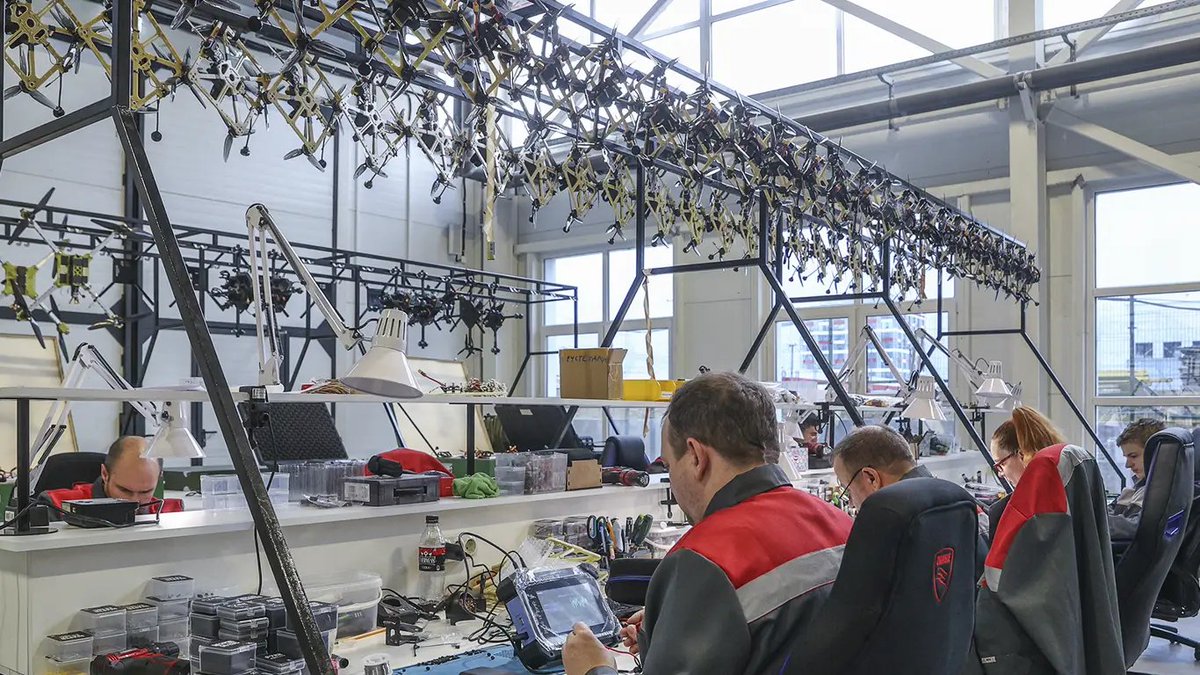
Russian social media. The so-called “Z-patriots” are demanding an immediate and crushing response. But again—there’s nothing to respond with. There is no superweapon based on alien space technology. There is only Soviet junk, repainted in new colors. Russian propaganda
15/20
15/20
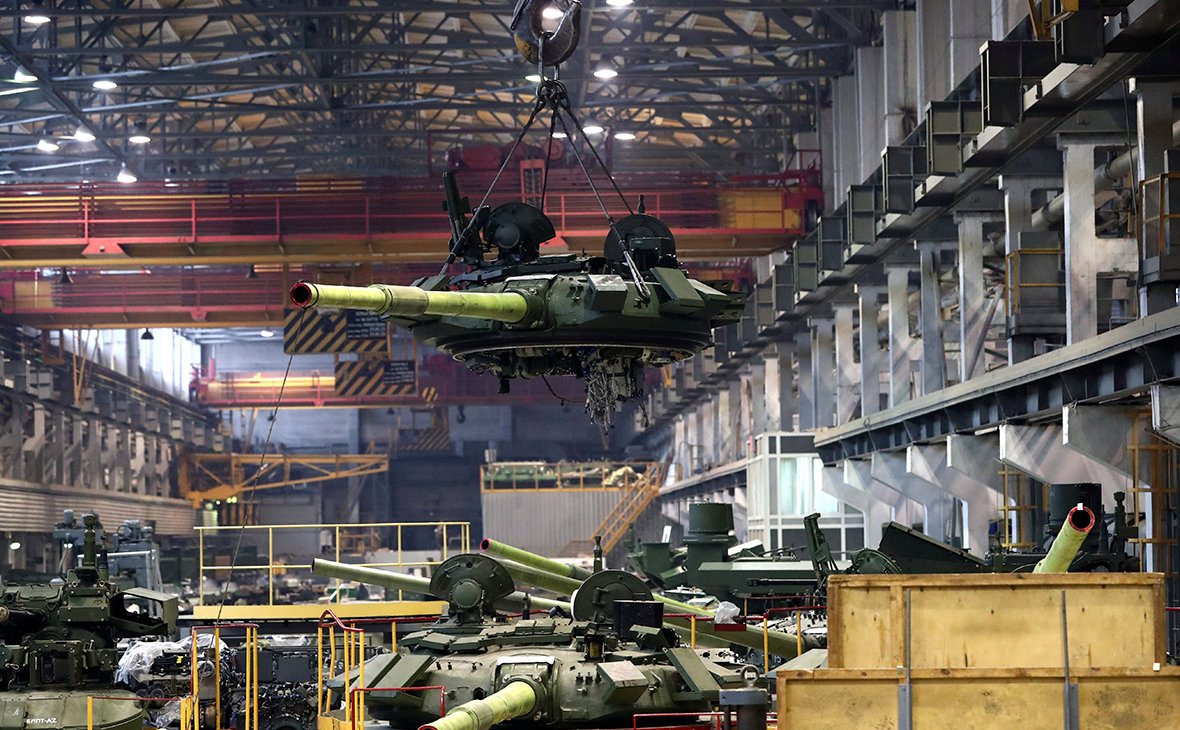
is trying desperately to downplay the damage from the attacks. The event was only briefly mentioned in 30-second news segments, like those on Solovyov’s show. It also appears that Russia attempted to reposition aircraft and replace damaged ones with intact models to make it
16/20
16/20
harder to assess the damage from satellite images. Russia will lose this war. And when it withdraws, its propaganda machine will blame internal traitors and scream about a “stab in the back” or an “internal conspiracy.” But for now, Russia shows no signs of stopping and
17/20
17/20
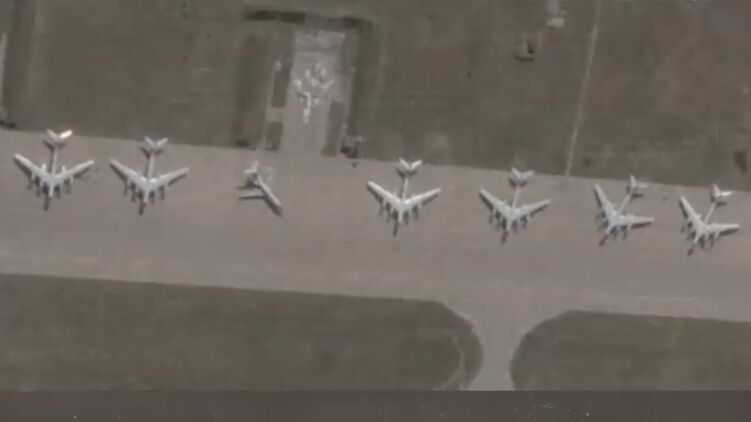
continues its summer offensive. Its entire economy is now tied to the war, and there is no path left to retreat. The most recent talks in Turkey only reaffirm this. Ukraine faces a long struggle ahead, but Russia cannot win this war. Everything Russia is trying to achieve
18/20
18/20
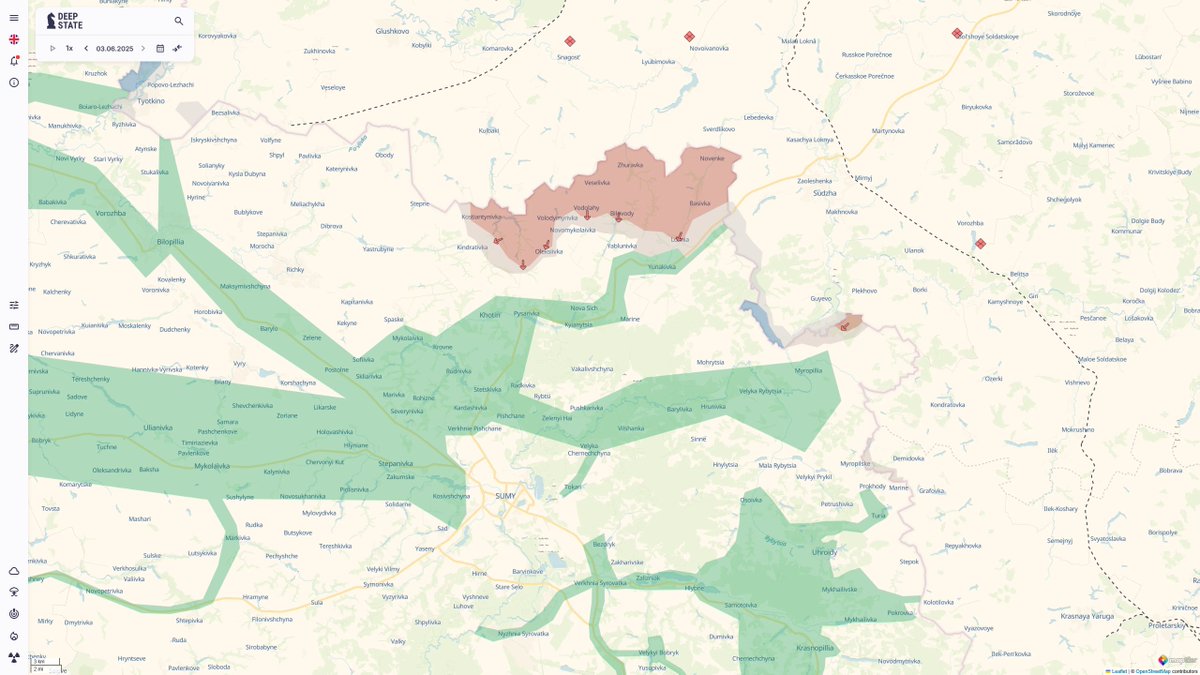
with these talks and its army of online bots accusing Ukraine of escalation is simply to buy time and delay the introduction of new sanctions. And as long as there are people in the West who still believe Russian propaganda and go along with it,
19/20
19/20
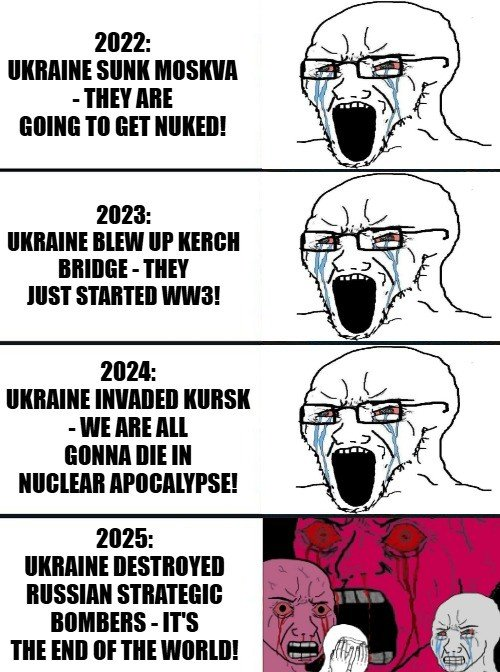
this tactic remains effective. Russia is trying to make the whole world turn its back on Ukraine. That’s why it is so important to continue supporting Ukraine with everything we can. There is still a long struggle ahead, but Russia will not win.
20/20
20/20
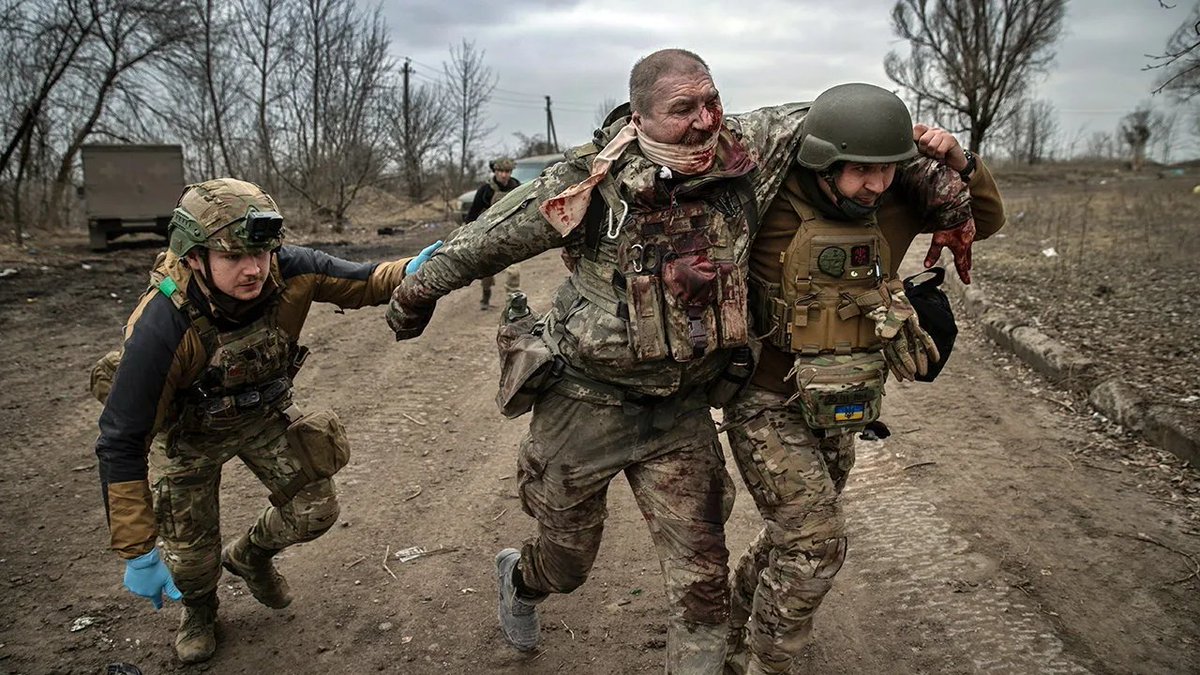
• • •
Missing some Tweet in this thread? You can try to
force a refresh


